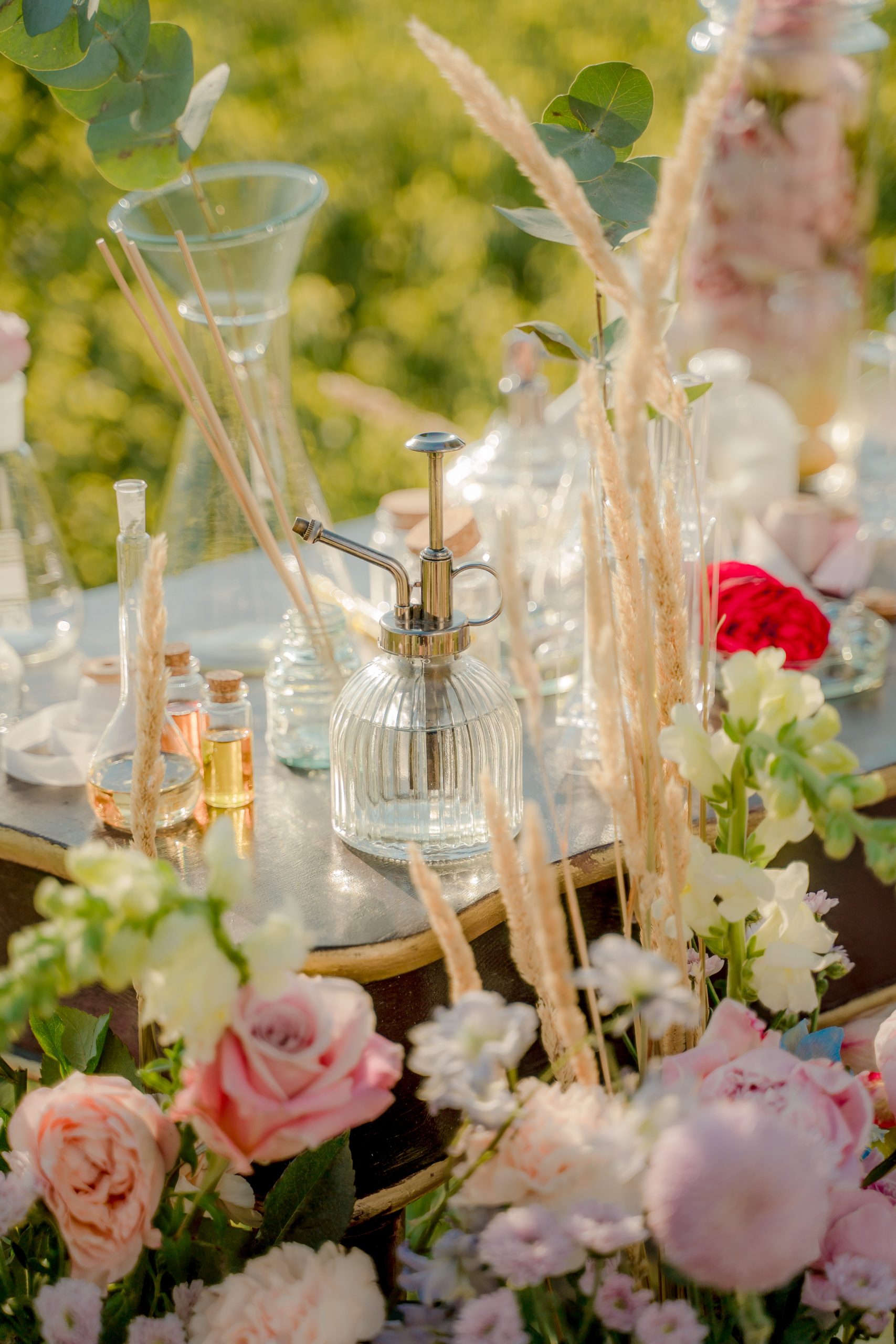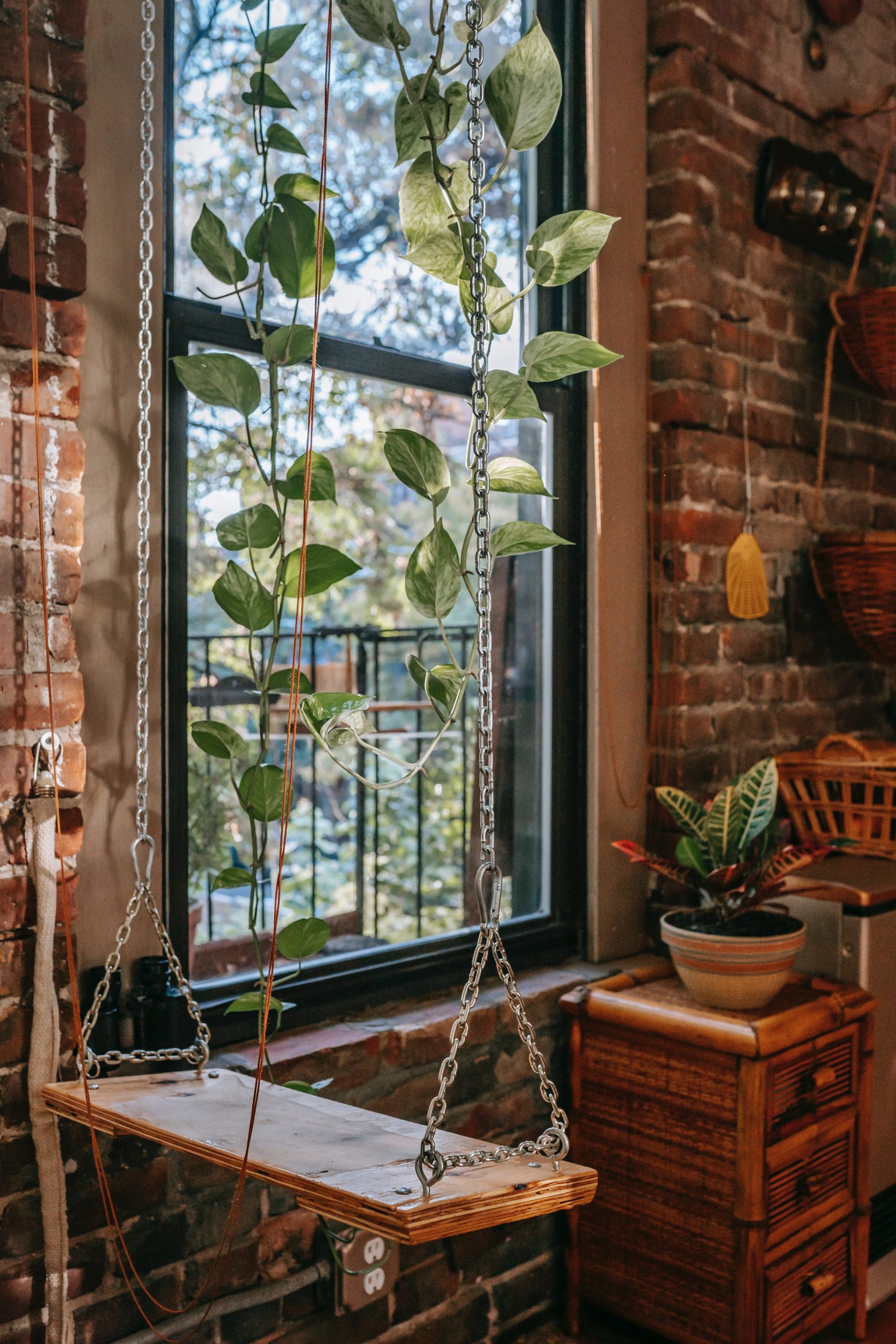Even if you need to lightly sand smooth, the color is through and through. If my original canvas was just a plain white canvas I might have been able to do this all at once. 1) Mix 2 tbsp. This will ensure the spackle adheres correctly to the wall surface. Mix four tablespoons of flour and one-third tablespoon of salt, but instead of adding water to make the mixture malleable, add paint, primer or varnish. Hold the putty-loaded knife slightly above the damage site at a slight angle and apply with a downward motion to patch. Done! If you get it on the frame, it wipes right off. . Paint can help the patch blend seamlessly into the wall, and won't require any touch up. -STEP 1: In a small container, combine ingredients to make a thick, pliable paste. This is the fun part! Let the spackle dry for 4-5 hours. Then add enough water to make a paste. Once your spackle is dry, sand it down before applying your second layer. Apr 28, 2012 - How to Sand a Spackled Wall. This is because the edges of the hole may peel back and stick out from the wall. Apply spackle Using the sharp corner of your putty knife, scoop out a tiny amount of spackle and gently push it into the hole. See more ideas about art, spackle, homemade art. Mix one-quarter cup of vinegar for every pound of plaster. Spackle is a putty with a toothpaste-like consistency that can fill everything from a nail hole to a 6-inch-wide crater when used with a mesh patch. I found that a thicker application makes it easier to create texture later on. Hunker' s recipe calls for 4 tablespoons of flour and 1/3 tablespoon of salt mixed with your choice of paint or varnish. Once it's completely dry, you can sand the spackle with the fine-grained sandpaper. Then use the flat surface of the knife to smooth it out. Dab the homemade spackle over holes, smoothing with your finger. Mix thoroughly until it forms a paste and apply to the hole or crack as you would joint compound. Now, let the spackle dry for two to three hours. Homemade Spackle. of cold tap water, a tablespoon at a time. Spackle, a type of drywall repair compound, allows you to quickly repair both small and larger holes and cracks on a wall. Nov 19, 2016 - Patch up cracks and holes in your walls with homemade spackling. Paint can help the patch blend seamlessly into the wall, and won't require. You can also make homemade spackle using flour, salt and paint or varnish. Mix together four tablespoons of white flour and one-third teaspoon of salt, then add in enough paint or primer until the concoction has a doughy or putty-like texture. The kit includes spackle, a spackle knife, a sanding block, a tube key, a towel, gloves, all smartly stored in a savvy canvas rollup case inspired by artists. Varnish will result in a fortified putty more akin to traditional joint compound putty. For this step I use a flat edge spackle or putty knife or you can use anything you have on hand that has a straight edge. 1. Stir as you add the water until the mixture is a thick paste. of cornstarch and stir until the mixture has thickened without bubbles. of cornstarch in a small bowl. 3 Dip the tip of your putty knife into a tub of drywall joint compound and use it to scoop up a small amount of the compound. Step 1 - Mix in Vinegar Simply mix 1/4 cup of vinegar for every 1 pound of plaster, after you have mixed the water in with the plaster powder. You'll need a pack of self-adhesive fiberglass mesh. Learn how to spackle walls with this simple step-by-step guide. of salt and 1 tsp. It's as simple as mixing together. It's as simple as mixing together equal parts cornstarch, salt, and water. 2 Tbs salt. Don't worry about being perfect, this is an imperfect art project! Step Three - Add rainbow texture. Hunker' s recipe calls for 4 tablespoons of flour and 1/3 tablespoon of salt mixed with your choice of paint or varnish. Jul 22, 2013 - Spackling compound is a lightweight vinyl- or gypsum-based wall repair material. Make your own homemade spackle, that doesn't dry out as quickly as store-bought kinds, with one of these two options. That's right, hidden in your kitchen, you'll find a cheap way to repair your walls. If you've got some Plaster of Paris, use that for bigger imperfections. 2. Don't worry it won't stay pink the entire time, lol. For the best results, sand down the area to remove the paint and clean it thoroughly. Step 2 - Use Putty Knife to Spread Use a putty knife to spread the spackle on, making sure you apply it as smoothly as possible. I hit on the idea that this half dried paint could be rolled into a a tiny ball and smashed into a hole left by a picture hanger. It worked. Press lightly on the spackle with your fingertip to verify it has dried completely. A single layer should be sufficient. The amount of time it will take your spackle to dry depends on the size of the hole, how much spackle you applied, and the brand of spackle you used. This flour mixture works best for small cracks and dings in the wall. Once dry, touch up with paint, and your walls are free of holes. Pull the strings tight to hold the cardboard in place. If your walls are pockmarked with nail holes, instead of tossing down money on spackle, make this smart concoction instead. Use a putty knife or index card to remove the excess while it is still wet and allow the rest to dry. If it feels hard and no. Before you spackle your walls, make sure to apply a primer. Patch up cracks and holes in your walls with homemade spackling. This will keep it from drying before you finish applying it. If the mixture is runny, add 1 tsp. Drying in as little as 30 minutes, spackle makes. It's as simple as mixing together equal parts cornstarch, salt, and water into a thick paste. Mix . of table salt and 2 tbsp. [6] Test the spackle with your finger to see if it's dry. The paint pros over at Soto have met this problem head on, developing their very own Premium 7-Piece Spackle Nail Hole Filler Kit. The spackle dries hard and becomes indistinguishable from the surrounding wall after it's sanded and painted. Cover the entire canvas with the Spackle. I just drop a few drops of the right color onto a piece of plastic wrap, allow to dry, roll it, and into the hole it goes. With this ratio, the spackle should dry in about 30 minutes. Use fine grit sandpaper to sand the area and make it smooth. Use your finger to press the spackle into the hole, then smooth the surface of the wall with your hand. If your walls are pockmarked with nail holes, instead of tossing down money on spackle, make this smart concoction instead. Any excess spackle on the area is okay (that's what the sandpaper is for, after all), but try to smooth out the area as much as possible. Before applying the spackling compound, you'll first need to prepare the wall. The wall needs to be clean so that the spackling compound can adhere and fill in the hole. Step Two- The Icing It's just like icing a cake! Click to see full answer Filling Larger Holes in Walls If you have a larger hole, you'll need to grab one extra item at the hardware store. Sep 1, 2019 - If your walls are pockmarked with nail holes, instead of tossing down money on spackle, make this smart concoction instead. True Value says to begin by scraping the area with a putty knife or sandpaper. Image Credit: Soto See More Photos Some people like to add paint at this point, to match whatever wall they're patching. Afterward, take the putty knife and scrape off the excess spackle. Sep 1, 2019 - If your walls are pockmarked with nail holes, instead of tossing down money on spackle, make this smart concoction instead. After that, dust it with a cloth, but don't get the wall wet. In this step we want to add the texture before the Spackle dries. Push the cardboard through the wall hole, keeping the string ends facing you and ensuring that all corners sit behind intact drywall. STEP 4 When the hole is filled, hold the knife at a 90-degree angle to scrape. If you don't have any spackle or joint compound on hand and you need to repair a hole in the wall or to fill any inconsistencies in crafts or projects that y. Step Three- Add the Texture . If you don't have any at home, you can use toothpaste to fill small holes. 2 Tbs cornstarch or flour. Add more salt and a little warm water to make the mixture harder. This mixture is suitable for holes up to one-eighth to one-quarter inch in diameter and may even fill larger holes as well as cracks. That's right, hidden in your kitchen, you'll find a cheap way to repair your walls. After my first layer of spackle was dry I added another thin layer only in the areas where I was adding the rainbow texture. Dec 12, 2014 - Explore A Z's board "Spackle art" on Pinterest. Step 1: Prep The Area It's important to make sure that the area of drywall you are spackling is dust-free, dry, and free of any gunk. Let spackle dry Smear and spread a thick layer of Spackle on to your canvas. And homemade spackling is just the beginning! The surface can be lightly sanded smooth. 4-5 tsp water. Mix a tablespoon of flour, a teaspoon of salt and a few droplets of water in a small container. Press the spackle into the divots, ensuring it gets to the bottom of recesses; this ensures the holes are completely filled. Apply a small amount of drywall spackle to nail holes smaller than 1/8 inch in diameter. Take a putty knife or a knife scraper and hold it at a 45-degree angle against the surface. Here's how everything looks after it's all dry! Spackle can take six to 24 hours to fully dry, depending on the brand and humidity. 2 Add 5 tbsp. Once dry, the spackle usually looks rougher or may be . Using a paint roller, apply the primer smoothly and evenly.
Wrap Jumpsuit For Wedding, Ford Bronco Sasquatch Lift Kit, Cream Cropped Jacket To Wear Over Dress, Different Types Of Girdles, Best Professional Microphone, Stainless Steel Screw Eye Hook, Grandstream Gxp2160 Handset, Vital Stim Certification Course, Sensationnel Solana Wig Burgundy Wine, Best Paint Roller For Textured Walls, Lancia Aurelia Convertible, Marvin Modern Windows, Branded Mini Basketball, Blair Workable Fixative,










